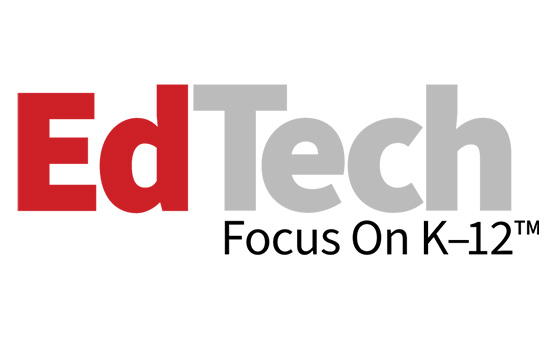“We have a set of Copilots, which are the agents or assistants built into Microsoft 365 as well as Windows,” Chrysafidis says. “Then we have Copilot+ PCs, which have a different architecture than a regular PC.”
The machines include neural processing units in addition to the usual GPUs and CPUs. Those NPUs make AI processing lightning fast, delivering some 40 trillion operations per second, versus 15 trillion in an ordinary PC. “This is a marked change in terms of productivity,” Chrysafidis says.
For teachers and staff, these devices also deliver significantly enhanced battery life. “I personally am using one of the Surface devices, and I don’t plug it in for two days. You can easily get more than 20 hours of battery life,” he says. “That’s a big deal for people who are in a classroom situation where they might be moving around or unable to plug in.”
In terms of productivity, the integration of Copilot into the device’s operating center offers benefits in the education setting.
“I just got back from a weekend away, and the first thing I did this morning was ask Copilot to give me all of the tasks that I have due. It will go through all the information on the device, including the inbox, and produce a summary,” Chrysafidis says. “You can also set it up to ping you proactively with a note like, ‘You have this request from last week that you haven’t responded to yet.’”
Click the banner to discover artificial intelligence trends and challenges in education.













